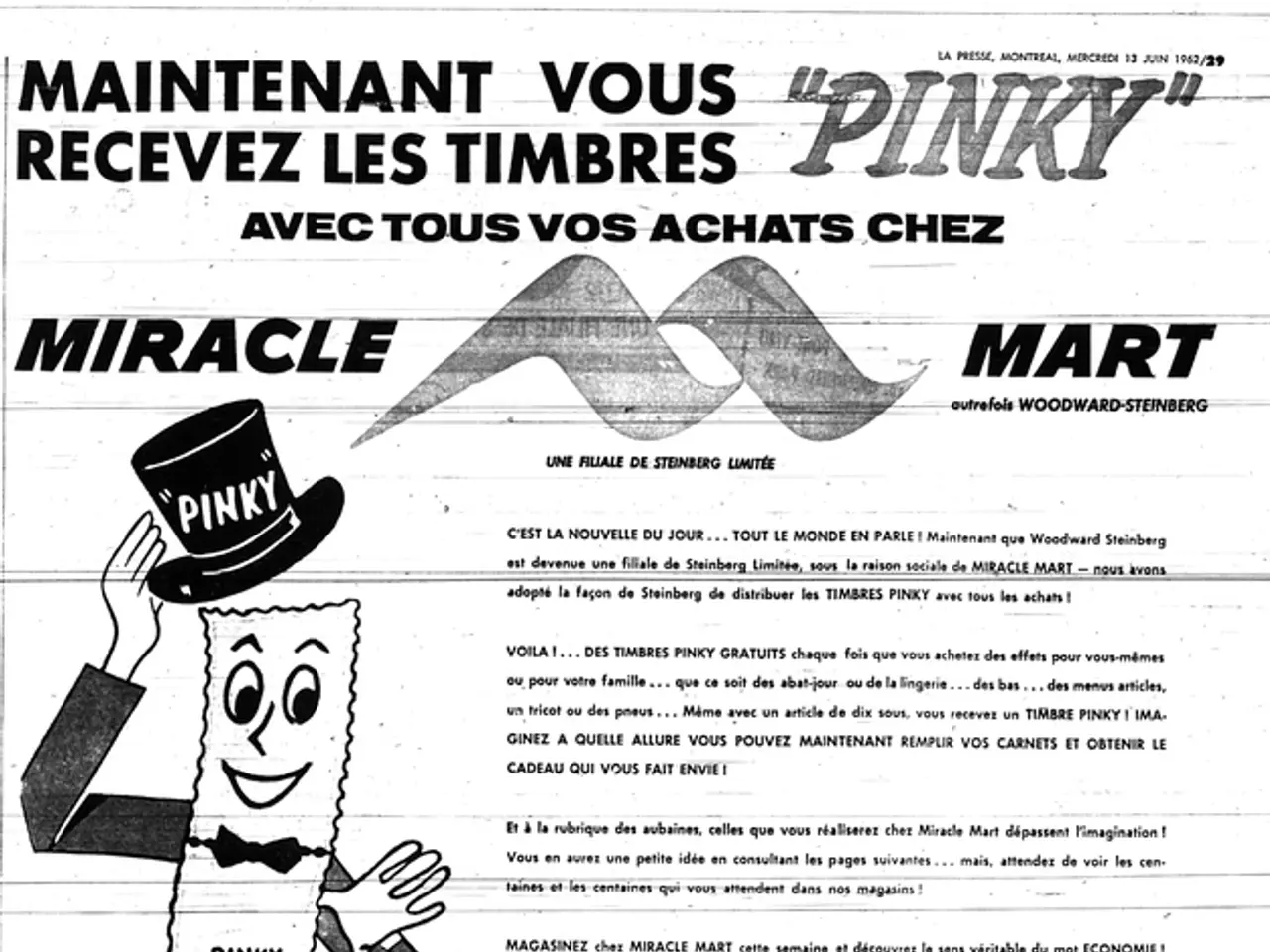Impact of digital messaging framing strategies for charitable marketing on hotel brand assessment
Advertising message framing in the hotel industry can significantly influence brand evaluation, including brand attitude, word-of-mouth, and purchase intention. This article explores the differences between promotion-framed and prevention-framed messages, their impact on brand evaluation, and the role of brand reputation and emotional responses.
Promotion-Framed vs. Prevention-Framed Messages
Promotion-framed messages highlight the positive aspects of a hotel, such as luxurious amenities or excellent service. They are effective in attracting new customers and increasing brand awareness. Prevention-framed messages, on the other hand, focus on preventing negative outcomes, such as emphasizing reliability or safety. They are more effective when targeting risk-averse or sensitive customers.
Impact on Brand Evaluation
Promotion-framed messages often lead to more positive brand attitudes as they emphasize appealing benefits. However, prevention-framed messages, while effective for risk-averse consumers, may not create the same level of enthusiasm but can enhance trust and reliability perceptions.
Promotion-framed messages are more likely to encourage word-of-mouth as they create positive experiences and memories. Prevention-framed messages might not generate the same buzz but can lead to loyalty among customers who value security and reliability.
Promotion-framed messages are generally more effective in increasing purchase intention by highlighting the value and benefits of staying at a hotel. However, prevention-framed messages can also be effective in situations where customers prioritize safety or reliability.
Role of Brand Reputation
Brand reputation plays a crucial role in amplifying the effects of advertising message framing. A strong, positive brand reputation can enhance the perceived value of promotion-framed messages, leading to increased brand loyalty and purchase intention. Conversely, a weak brand reputation might undermine even the most compelling messages.
Emotional Responses
Emotional responses are integral to how advertising messages are received. Promotion-framed messages often evoke positive emotions such as excitement or anticipation, while prevention-framed messages might elicit feelings of security or relief. Emotional Connection can significantly influence brand evaluation by making the hotel experience more memorable and personal.
CRM Considerations
In the context of Customer Relationship Management (CRM), understanding customer preferences and behaviors can help tailor advertising messages. By leveraging CRM data, hotels can create personalized messages that resonate with individual guests, whether they are more responsive to promotion-framed or prevention-framed appeals.
The current study contributes to knowledge on how hotels can mitigate potential negative implications of CRM by choosing the right communication content. It extends prior research on the relative persuasiveness of message framing in the context of CRM. However, it does not provide specific findings or conclusions, nor does it discuss any ethical considerations or methodological challenges encountered during the research process.
The study employs a multiple quantitative methods approach, combining two experimental studies: Study I and Study II. Study I focuses on the moderating role of brand reputation, consumer-related factors (processing fluency, social cause attitude, perceived fit), to explain the relationship between message framing and brand reputation. Study II employs physiological measurements, including eye-tracking, facial expression, and skin conductance, with a total of 67 UK-based respondents involved. Data collection and analysis in Study II were facilitated by a specific software platform.
This study investigates the interaction between advertising message framing (promotion-framed vs. prevention-framed) and brand reputation (high vs. low) on consumers' brand evaluation in the hotel industry's CRM context. The current study reveals that different types of CRM message strategies evoke different attitude and behavioral changes. However, it does not provide information about any potential implications or future research directions based on its findings.
Media analytics, specifically emotion-based analysis through facial coding, could aid in understanding consumer reactions to promotion-framed and prevention-framed messages in the hotel industry, turning insights into opportunities for businesses in the finance sector to optimize their marketing strategies.
In the realm of media analytics, focusing on emotional responses to advertising messages, such as anticipation for promotion-framed and relief for prevention-framed, could potentially predict brand evaluation and purchase intentions, providing valuable insights for business and financial decisions.




